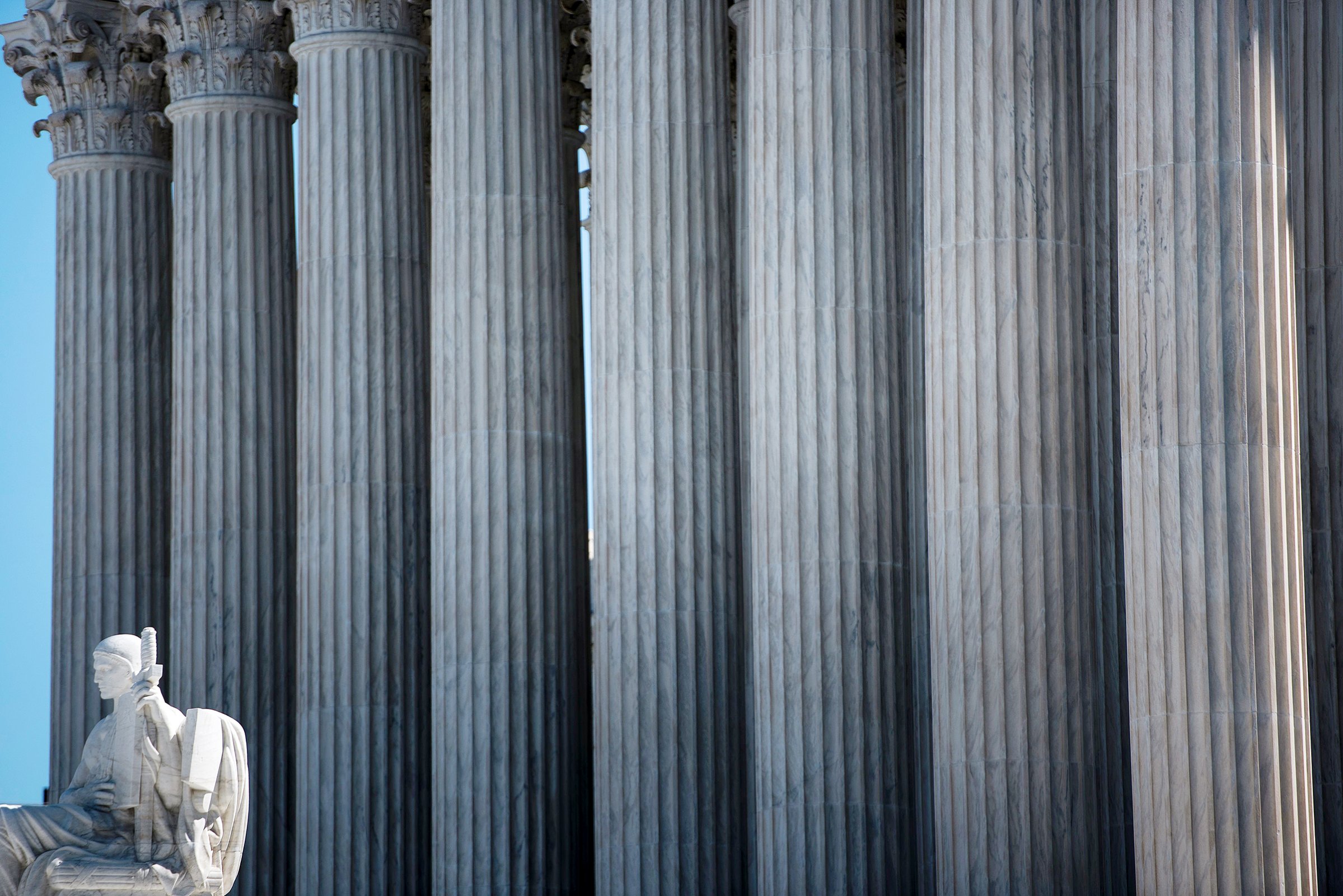
President Donald Trump’s travel ban (government officials argue that it’s not a ban, but the President’s tweets beg to differ) is headed for the Supreme Court in one of the biggest cases of the upcoming October term. That is, if it doesn’t disappear–poof!–like an enchanted carriage at midnight.
A bit of explanation: on his first weekend as President, Trump dropped a bombshell by issuing an Executive Order that sharply reduced the number of refugees allowed into the U.S., and cut off travel to residents from seven, mostly Muslim, countries. Chaos ensued. Travelers whose entry visas were valid when their flights took off found themselves barred by the time they landed. Family members were separated. Workers couldn’t return to their jobs. Protests erupted and lawyers rushed into federal courts, where Trump’s order was quickly blocked.
White House lawyers fiddled with the order and in March came Ban 2.0. The list of offending nations was trimmed to six, identified as terrorist hotbeds, and U.S. authorities were instructed to conduct a study of the vetting process for travelers arriving from foreign countries. Any needed improvements to the process were to be implemented in time for the order to expire after 90 days.
Again, federal courts blocked implementation, finding in Trump’s campaign rhetoric evidence that the order was targeted specifically at Muslims. This made it an unconstitutional discrimination against a religious faith, which his Administration denied.
Before adjourning for the summer on June 26, the Supreme Court agreed to take up the case in October. The Justices handed Trump a partial win by allowing the ban to take effect for travelers from the six countries who have no family or institutional ties inside the U.S. So, countdown to October, right?
Maybe not. Remember the part about Ban 2.0 expiring in 90 days? That provision could have rendered the entire matter moot as of June 14. Trump claims, in a memo to immigration officials, that nothing is moot–that the clock stopped when the order was blocked, and resumed only when the high court lifted the stay. Yet even if Trump’s memo indeed reset the calendar and a new 90-day period has begun, that will end before the high court resumes its work in October. Indeed, the Justices asked attorneys to address the question of the expiration date.
Thus, the Supreme Court might never decide if the President’s order violated the Constitution. On the other hand, the Justices have been known to issue rulings even after the dispute at hand has evaporated. They did exactly this on the same day that they gave Trump his partial ban. A case from Missouri involved a Lutheran day-care center challenging the state’s prohibition on sending tax dollars to churches. Missouri offered grants to encourage wider use of rubberized playground surfaces. The church-run day care met all the requirements, but the grant was denied. In Trinity Lutheran v. Comer a 7-to-2 majority held that softer playgrounds do not rise to the level of the First Amendment–arguably a moot point given that Missouri’s governor had already changed state policy.
Of course, sometimes a spongy playground is not just a spongy playground. For dissenting Justices Sonia Sotomayor and Ruth Bader Ginsburg, the state-subsidized surface looked like a slippery slope with potential for future rulings allowing tax dollars to flow to church ministries and schools. Liberal court watchers were especially alarmed that the new arrival in chambers, Justice Neil Gorsuch, wrote a separate opinion that seemed to invite such broader rulings. Although he joined late in the term after being appointed by Trump, Gorsuch wasted no time planting himself on the rightward end of the court spectrum.
With age and illness stalking more than one Justice, Trump may have another chance to move the court. Rampant rumors that Justice Anthony Kennedy would announce his retirement on that busy last day of the term proved wrong. But Gorsuch’s strongly conservative debut left no confusion about the direction the President intends to take.
By some measures, Chief Justice John Roberts led the court to its most harmonious term in more than 70 years, while elsewhere in Washington the seas were unusually stormy. But that, too, may be primed to go poof!
More Must-Reads from TIME
- Cybersecurity Experts Are Sounding the Alarm on DOGE
- Meet the 2025 Women of the Year
- The Harsh Truth About Disability Inclusion
- Why Do More Young Adults Have Cancer?
- Colman Domingo Leads With Radical Love
- How to Get Better at Doing Things Alone
- Michelle Zauner Stares Down the Darkness
Contact us at letters@time.com